Minority Soldiers Fighting in the Korean War
DEREK MILLER
Published in 2018 by Cavendish Square Publishing, LLC
243 5th Avenue, Suite 136, New York, NY 10016
Copyright 2018 by Cavendish Square Publishing, LLC
First Edition
No part of this publication may be reproduced, stored in a retrieval system, or transmitted in any form or by any meanselectronic, mechanical, photocopying, recording, or otherwisewithout the prior permission of the copyright owner. Request for permission should be addressed to Permissions, Cavendish Square Publishing, 243 5th Avenue, Suite 136, New York, NY 10016. Tel (877) 980-4450; fax (877) 980-4454.
Website: cavendishsq.com
This publication represents the opinions and views of the author based on his or her personal experience, knowledge, and research. The information in this book serves as a general guide only. The author and publisher have used their best efforts in preparing this book and disclaim liability rising directly or indirectly from the use and application of this book.
CPSIA Compliance Information: Batch #CS17CSQ
All websites were available and accurate when this book was sent to press.
Library of Congress Cataloging-in-Publication Data
Names: Miller, Derek.
Title: Minority soldiers fighting in the Korean War / Derek Miller.
Description: New York : Cavendish Square, 2018. | Series: Fighting for their country: minorities at war | Includes index.
Identifiers: ISBN 9781502626653 (library bound) | ISBN 9781502626592 (ebook)
Subjects: LCSH: Korean War, 1950-1953--Juvenile literature. | African American soldiers--Juvenile literature. | African American soldiers--History--20th century--Juvenile literature.
Classification: LCC DS918.M52 2018 | DDC 951.9042--dc23
Editorial Director: David McNamara
Editor: Caitlyn Miller
Copy Editor: Alex Tessman
Associate Art Director: Amy Greenan
Designer: Stephanie Flecha
Production Coordinator: Karol Szymczuk
Photo Research: J8 Media
The photographs in this book are used by permission and through the courtesy of:
Cover Carl Mydans/The LIFE Picture Collection/Getty Images; Anthony Barboza/Archive Photos/Getty Images.
Printed in the United States of America
US Marines prepare to engage Chinese forces in the frozen landscape of North Korea.
 INTRODUCTION
INTRODUCTION
The Cold War Warms Up
O n June 25, 1950, the Korean Peoples Army ( KPA ) of North Korea invaded South Korea without warning. The US-backed Republic of Korea (ROK) Army was no match for the well-prepared and well-armed KPA. The South Koreans were quickly pushed down the Korean peninsula and the South Korean capital of Seoul fell within three days. It looked like the war would be over shortly, but US President Harry S. Truman decided to intervene in the conflict. The American armed forces quickly made their way to Korea and managed to stop the onslaught of communist forces just before the South Koreans were driven into the sea. Defeat had narrowly been prevented in the opening months of the war, but there would still be much fighting to come.
Over the next three years, fighting would ravage almost the entire peninsula as the two opposing armies struggled to defeat one another. UN forces would push the KPA almost to the Chinese border at the northern end of the peninsula before China intervened and once again drove them back. Seoul would fall yet again, but it was liberated a second time. Eventually, peace was agreed upon with virtually the same border as at the beginning of the war. Despite the deaths of some five million people in the fighting, the peninsula remained divided along the same line.
While neither side achieved their objective of uniting the Korean peninsula, the war had lasting consequences. The vibrant, democratic nation of South Korea that exists today is a direct result of the actions of many soldiers from around the globe who fought to stop the spread of communism. Soldiers from the United States, Canada, Australiaand South Korea itselffought bravely so that future generations could live outside of the totalitarian state that still controls North Korea today.
The Korean War is sometimes called the Forgotten War. The larger conflict of World War II that preceded it by just a few years is given much more attention in history classes around the world. In the United States, the Vietnam War that followed the Korean War left a more lasting impression on popular consciousness. But the Korean War was an important conflict in the history of the twentieth century. It was the first time that the United States decided to commit American soldiers to stop the spread of communism around the world. It was a decision that would later set a precedent for the Vietnam War and make it clear to the world that the United States would not stand idly by while communism and totalitarianism spread around the globe.
However, the story of the Korean War is a somewhat difficult one for many reasons. In the early days of the war, the US Army was nearly defeated. For reasons we will soon see, the American troops were poorly equipped and trained when they first arrived in Korea. This led to a series of stinging defeats. While white units were soon forgiven, African American units and individuals were scapegoated. The 24th Infantry Regimentcomposed of black soldierswas disbanded as a result of their performance under fire, despite the fact that many white units behaved similarly and were not disbanded. In the racially charged atmosphere of that time, the failure of African American units was blamed on their race. Alternatively, the failure of white units was blamed on the real reasons, such as inadequate training, leadership, and equipment.
It was only recently in 1996more than forty years after the war endedthat the United States Army released a report vindicating the 24th Infantry Regiment. It placed the blame for the poor performance of the 24th squarely on the shoulders of the army command rather than the black soldiers who served their country bravely. It concluded that not only did the 24th have to contend with inadequate training, leadership, and equipment, it also faced racial prejudice within the army that led to a breakdown of trust between the soldiers and their superior officers. This had negative consequences on the battlefield, despite many acts of individual bravery and valor by African American soldiers.
Spurred by the dissolution of the 24th, the US Army fully integrated for the first time in its history during the Korean War. Whites, African Americans, Hispanics, Native Americans, and other minorities fought shoulder to shoulder in defense of freedom and democracy. However, equality was still out of reach for many Americans at home during the Korean War. Segregation was still the law of the land in the United States, and minorities were treated as second-class citizens. Movie theaters, water fountains, and even hospitals were segregated according to race. While these facilities were supposed to be of equal quality, that was almost never the case. Minorities were forced to use substandard facilities across the United States particularly in the Southdue to the color of their skin.

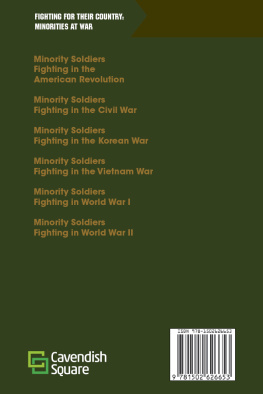


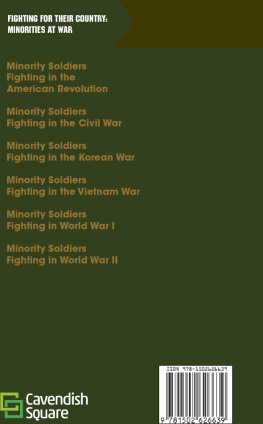


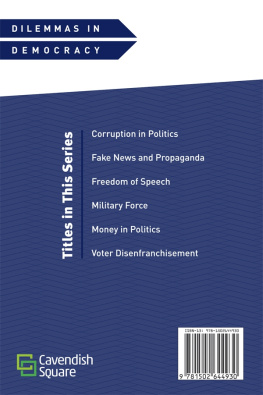
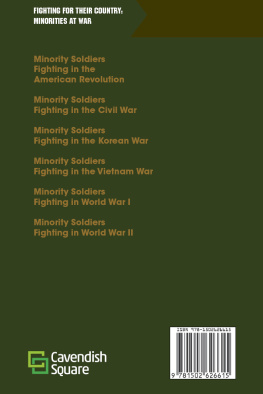
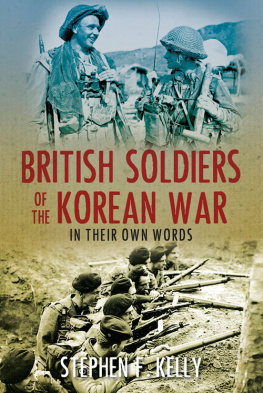


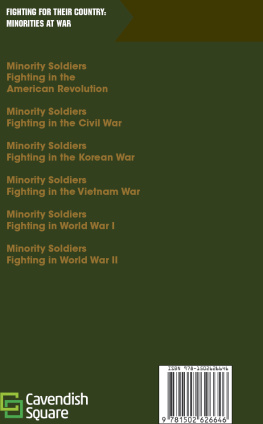
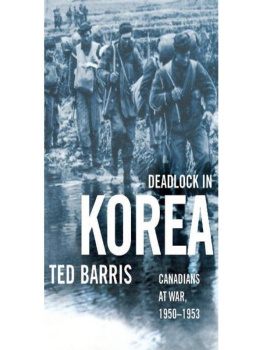
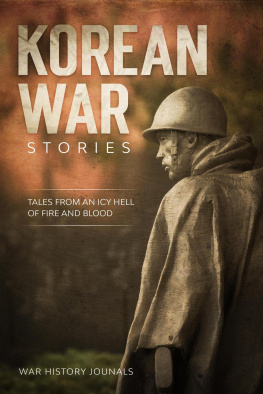







 INTRODUCTION
INTRODUCTION